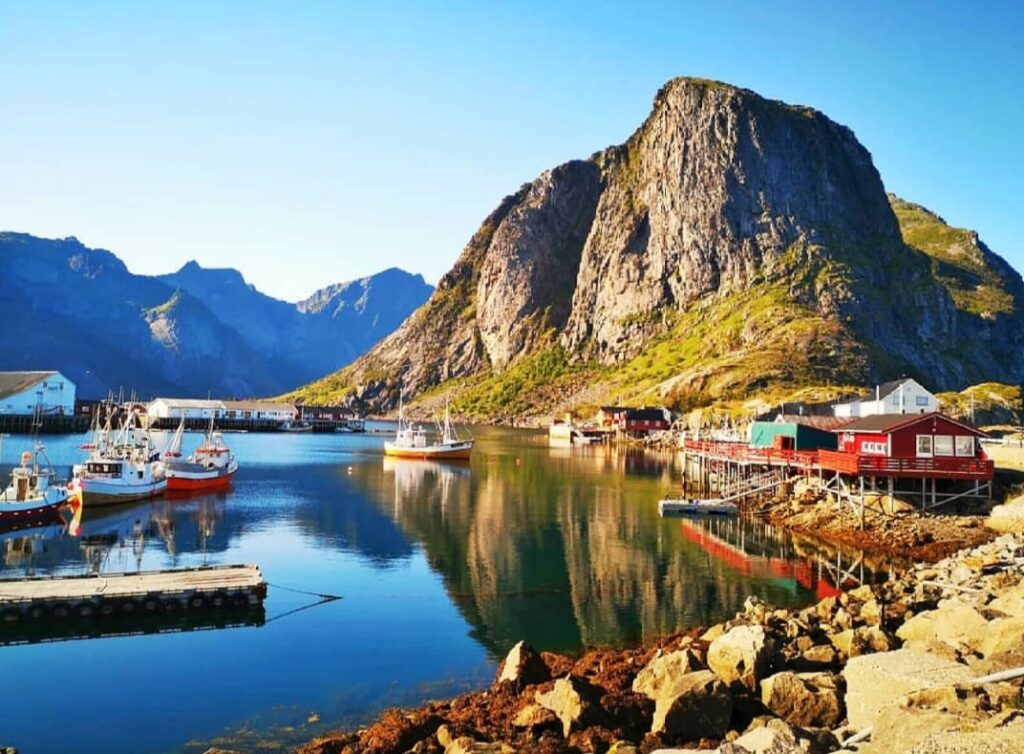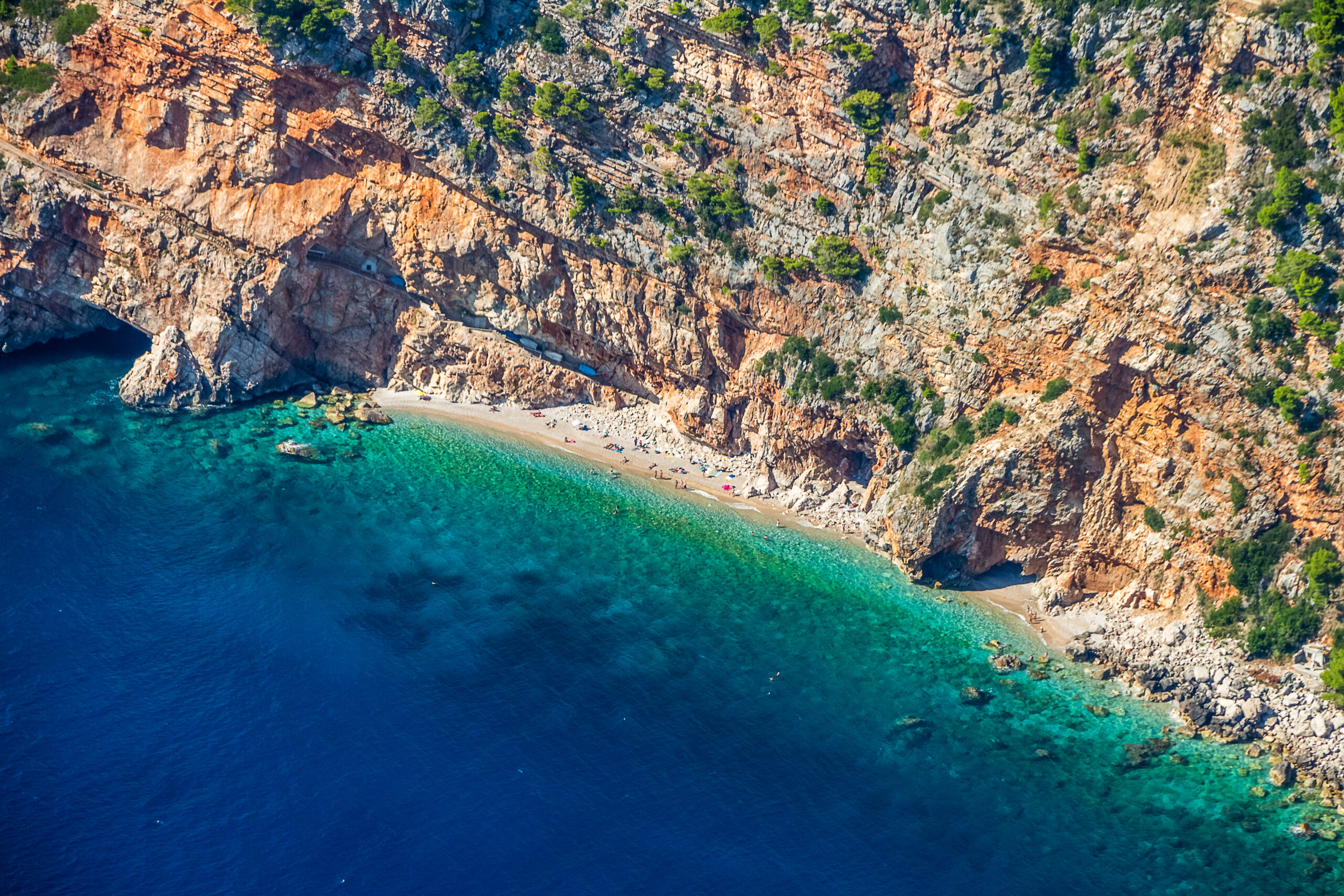Travelers are becoming more mindful of their choices. More people now look for destinations that care about nature, reduce waste, and support local communities. Coastal areas face high pressure from tourism. But some places in Europe are taking real steps to protect their environments while still welcoming visitors.
Here are five coastal destinations in Europe that are leading in sustainable tourism—and that you can visit this year.
1. Costa Vicentina, Portugal
Portugal’s southwest coast is home to Costa Vicentina, part of the Vicentine Coast Natural Park. This stretch of coastline remains largely untouched. It features rugged cliffs, quiet beaches, and small fishing villages.
Costa Vicentina limits development to protect local wildlife and ecosystems. Many towns in the area promote eco-tourism by supporting local farms, small guesthouses, and nature-based activities. Surfing, hiking, and birdwatching are popular, low-impact options.
What makes it sustainable:
-
Strict building laws prevent overdevelopment
-
Locally owned hotels and restaurants serve regional food
-
Marked trails reduce erosion and protect wildlife habitats
If you want peaceful beaches without crowds and care about the environment, Costa Vicentina is a strong choice.

2. Lofoten Islands, Norway
The Lofoten Islands sit above the Arctic Circle in northern Norway. Known for dramatic mountains and clear waters, the islands attract hikers, kayakers, and nature lovers. But they are also a model for sustainable tourism.
Lofoten has taken action to manage tourist numbers, reduce pollution, and preserve its fishing culture. Many lodges are made from restored buildings. These include traditional “rorbuer”—fishermen’s cabins—now used for lodging.
What makes it sustainable:
-
Local fishing communities benefit directly from tourism
-
Renewable energy is used in many parts of the islands
-
Visitors are encouraged to follow “leave no trace” rules
To explore raw nature while minimizing your impact, Lofoten is ideal.
3. Gozo, Malta
Gozo is Malta’s smaller sister island, and it is much quieter. While Malta itself can feel crowded during summer, Gozo offers a slower pace and growing interest in sustainable tourism.
The island promotes organic farming, solar energy, and eco-accommodation. Gozo also focuses on heritage conservation. Churches, caves, and ancient structures are protected from over-tourism. Visitors can enjoy snorkeling, diving, and walking trails without harming the local environment.
What makes it sustainable:
-
Local food and crafts dominate the economy
-
Eco-certifications are growing among hotels
-
Car-sharing programs and bus routes lower car usage
If you’re looking for sun, sea, and culture—Gozo gives you all three, with a lighter footprint.
4. Menorca, Spain
Menorca is often overshadowed by its Balearic neighbors, Mallorca and Ibiza. But this island is one of Spain’s best examples of sustainable coastal tourism.
Menorca is a UNESCO Biosphere Reserve. This means it follows strict rules to protect nature. New resorts face tight regulations, and much of the coastline remains natural. Tourists are encouraged to explore using cycling routes and coastal paths.
What makes it sustainable:
-
Development is tightly controlled
-
Waste and water are carefully managed
-
Focus on slow tourism: hiking, kayaking, and farm stays
Menorca balances nature, history, and low-impact travel—making it perfect for eco-conscious visitors.
5. Cornwall, England
Cornwall is one of the UK’s most visited coastal areas. But it has also become a leader in sustainable tourism. From eco-lodges to farm-to-table cafes, the region supports local businesses and clean practices.
Several Cornwall beaches are Blue Flag certified, meaning they meet high environmental and safety standards. The county also promotes public transport and walking routes along the coast. Local groups work year-round to keep the beaches clean and protect marine life.
What makes it sustainable:
-
Many towns use renewable energy
-
Local markets and restaurants support nearby farms
-
Coastal clean-up events and marine education are common
If you want to support British tourism while respecting the environment, Cornwall is a top pick.
Tips for Traveling Sustainably in Coastal Areas
Wherever you go, you can reduce your tourism impact by following a few simple steps:
-
Book local: Choose local hotels, guides, and restaurants
-
Avoid plastic: Bring your own bottles and bags
-
Travel light: Walk, cycle, or use public transport
-
Respect nature: Stick to marked paths and follow rules
-
Give back: Support conservation programs if available
Coastal tourism is beautiful but can be damaging if unmanaged. Luckily, many European destinations are working hard to change how tourism affects their shores and communities. By choosing sustainable places like Costa Vicentina, Lofoten, Gozo, Menorca, or Cornwall, you help protect the places you love to visit.
Eco-conscious travel is not just a trend—it’s a better way to see the world.
